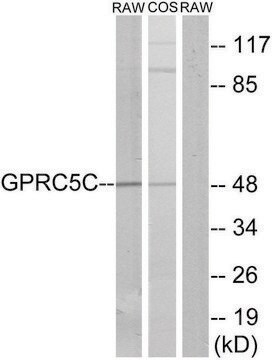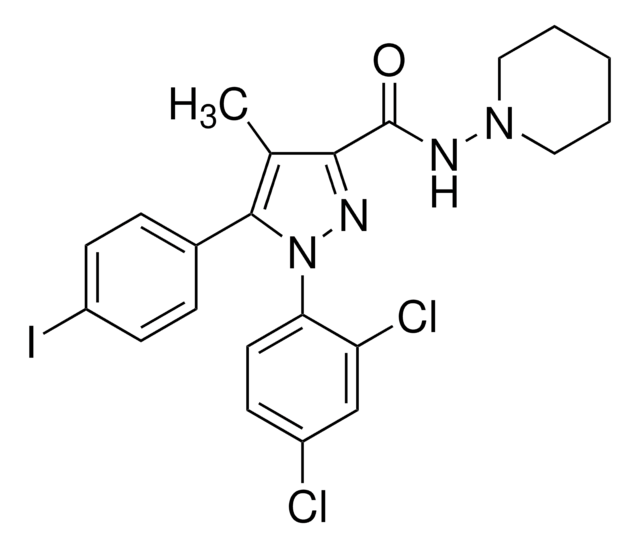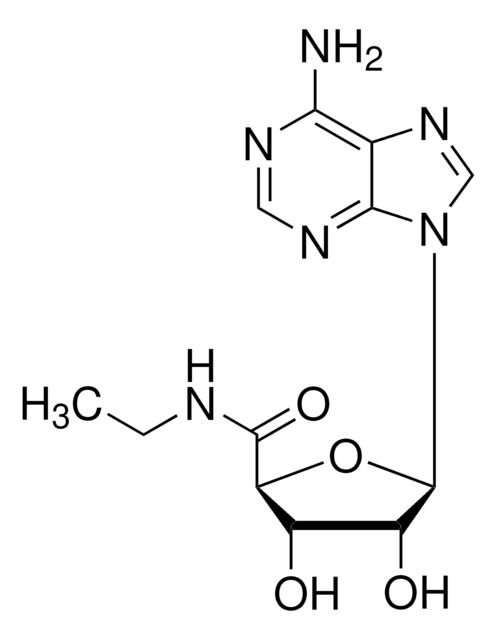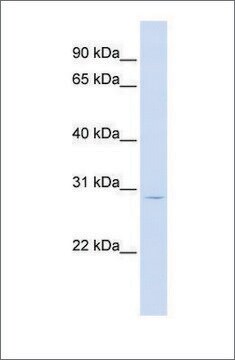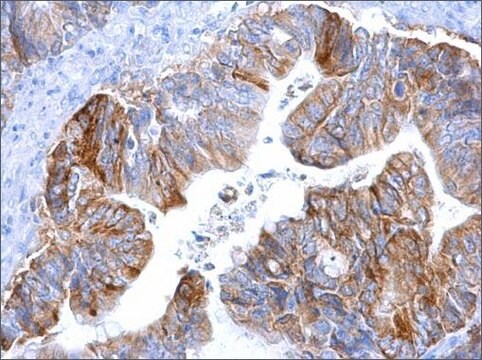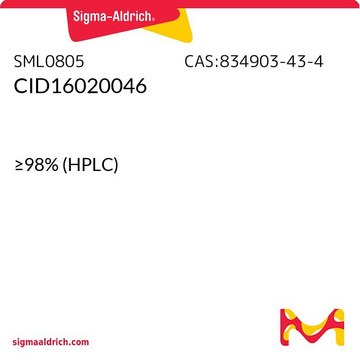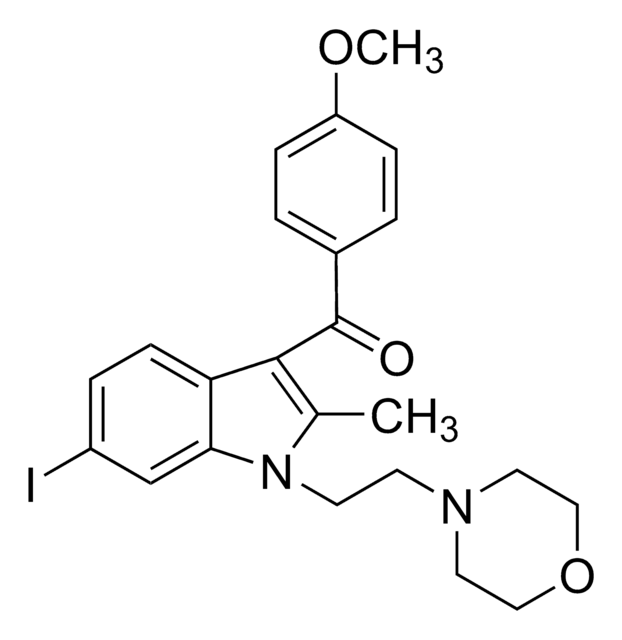Kluczowe dokumenty
SML1340
ML193 trifluoroacetate
≥98% (HPLC)
Synonim(y):
AC1LOE9L, CID-1261822, CID1261822, N-{4-[(3,4-Dimethyl-1,2-oxazol-5-yl)sulfamoyl]phenyl}-6,8-dimethyl-2-(pyridin-2-yl)quinoline-4-carboxamide trifluoroacetate
About This Item
Polecane produkty
Poziom jakości
Próba
≥98% (HPLC)
Formularz
powder
kolor
white to beige
rozpuszczalność
DMSO: 25 mg/mL, clear
temp. przechowywania
2-8°C
ciąg SMILES
FC(F)(C(O)=O)F.CC1=C(ON=C1C)NS(C2=CC=C(NC(C3=CC(C4=CC=CC=N4)=NC5=C3C=C(C)C=C5C)=O)C=C2)(=O)=O
InChI
1S/C28H25N5O4S.C2HF3O2/c1-16-13-17(2)26-22(14-16)23(15-25(31-26)24-7-5-6-12-29-24)27(34)30-20-8-10-21(11-9-20)38(35,36)33-28-18(3)19(4)32-37-28;3-2(4,5)1(6)7/h5-15,33H,1-4H3,(H,30,34);(H,6,7)
Klucz InChI
VLRPKRWNDZQTPS-UHFFFAOYSA-N
Działania biochem./fizjol.
Kod klasy składowania
11 - Combustible Solids
Klasa zagrożenia wodnego (WGK)
WGK 3
Temperatura zapłonu (°F)
Not applicable
Temperatura zapłonu (°C)
Not applicable
Wybierz jedną z najnowszych wersji:
Certyfikaty analizy (CoA)
Nie widzisz odpowiedniej wersji?
Jeśli potrzebujesz konkretnej wersji, możesz wyszukać konkretny certyfikat według numeru partii lub serii.
Masz już ten produkt?
Dokumenty związane z niedawno zakupionymi produktami zostały zamieszczone w Bibliotece dokumentów.
Nasz zespół naukowców ma doświadczenie we wszystkich obszarach badań, w tym w naukach przyrodniczych, materiałoznawstwie, syntezie chemicznej, chromatografii, analityce i wielu innych dziedzinach.
Skontaktuj się z zespołem ds. pomocy technicznej